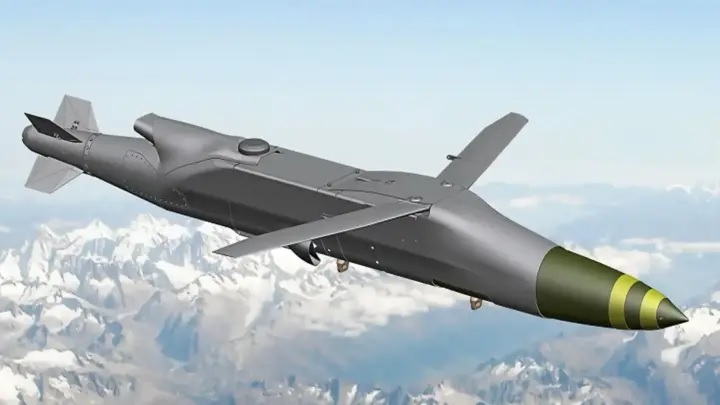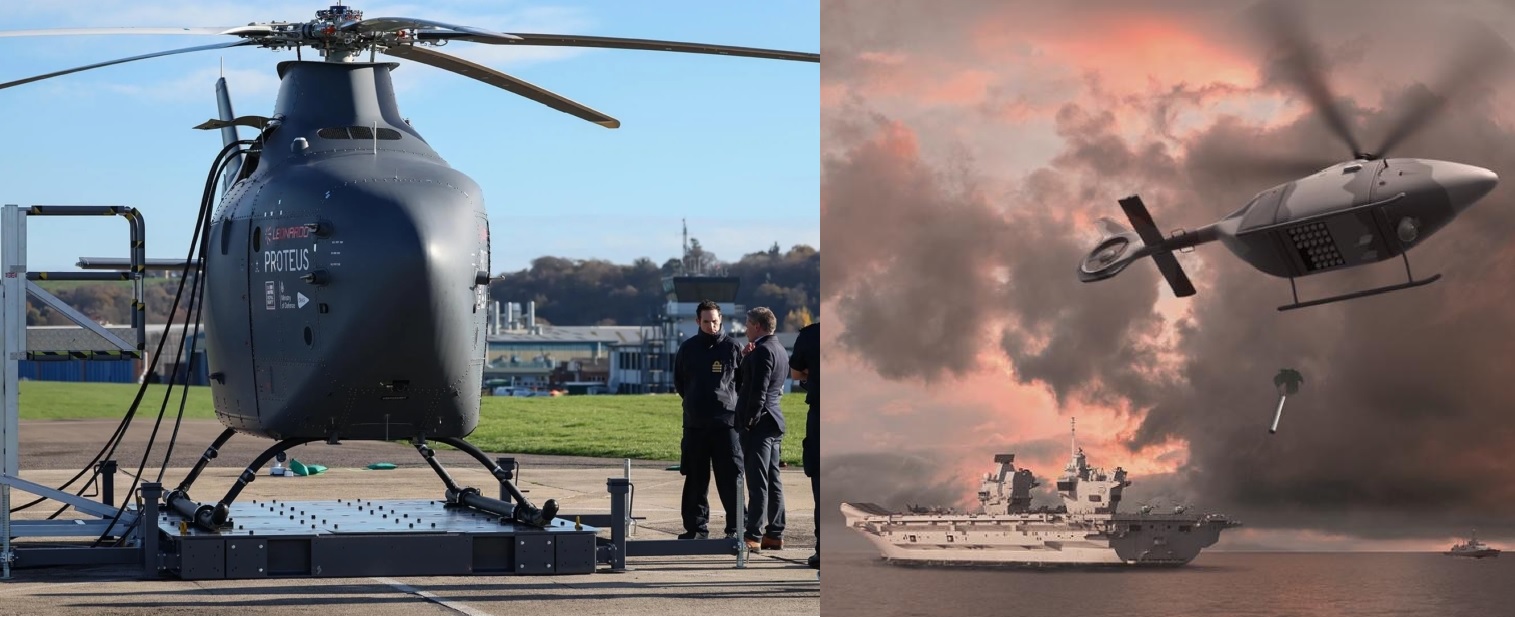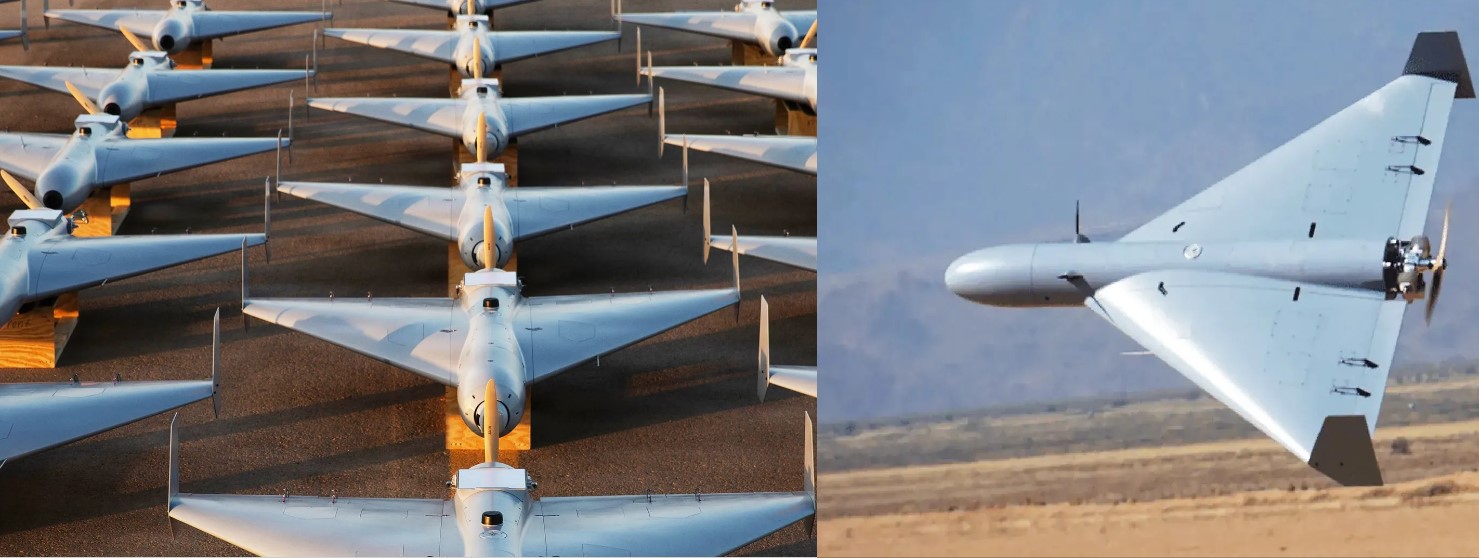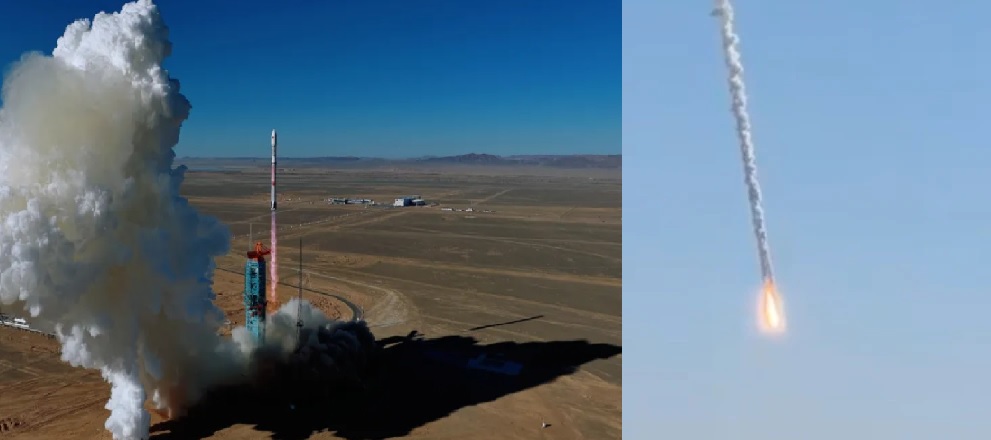Trump Administration Approves Sale of 3,350 Extended-Range Missiles to Ukraine

Washington, August 2025 – The administration of U.S. President Donald Trump has approved the sale of 3,350 Extended Range Attack Munition (ERAM) air-launched missiles to Ukraine in what is being described as one of the largest single transfers of advanced munitions to Kyiv since the beginning of Russia’s full-scale invasion.
According to reports, the arms deal, valued at $850 million, will be largely financed by European allies. Delivery of the weapons is expected within the next six weeks. The package includes additional equipment alongside the ERAM missiles, although specifics have not yet been disclosed.
Delayed Transfer After High-Level Talks
The transfer had been under consideration for months but was delayed until after President Trump held discussions with Russian President Vladimir Putin and Ukrainian President Volodymyr Zelenskyy earlier this month. While Washington has not publicly confirmed the delivery, multiple officials have indicated that final clearance rests with the Pentagon, which must authorize the operational use of the missiles.
Capabilities of ERAM
The Extended Range Attack Munition (ERAM) is a long-range, air-launched cruise missile designed to serve as a standoff strike weapon. Key features include:
-
Range: 240 to 450 kilometers, depending on variant.
-
Launch Platforms: Compatible with modern Western fighter jets, including F-16s, which Ukraine is set to receive.
-
Targets: Capable of striking both land and naval targets with precision.
-
Modular Design: Can be adapted for different warheads and mission profiles.
This capability will provide Ukraine with an unprecedented ability to strike deep behind Russian lines, potentially targeting command posts, ammunition depots, air bases, and naval assets in the Black Sea.
Shift in U.S. Policy on Long-Range Weapons
For much of the war, the Pentagon had resisted providing Ukraine with long-range strike weapons, fearing escalation if Ukrainian forces used them to hit targets inside Russian territory. Instead, U.S. military aid had emphasized shorter-range systems such as HIMARS rockets, air-defense interceptors, and artillery shells.
The decision to transfer ERAM missiles signals a major policy shift, aligning U.S. aid with European nations that have increasingly pressed Washington to give Ukraine the means to hold Russian assets at risk far beyond the front lines.
European Funding and Strategic Implications
European partners, particularly the United Kingdom, Germany, and France, are reported to be covering most of the financial cost of the package. Officials argue that the move is essential to counter Russia’s continued missile and drone strikes on Ukrainian cities and infrastructure.
Military analysts suggest that the integration of ERAM with Ukraine’s incoming F-16 fleet could become a turning point in the war, extending Kyiv’s strike reach and forcing Russia to disperse or relocate critical assets. However, the Pentagon’s restrictions on use will be key—early indications suggest Washington may prohibit Ukraine from launching the missiles into undisputed Russian territory, while allowing strikes in occupied Ukrainian regions, including Crimea.
Strategic Outlook
The introduction of ERAMs into Ukraine’s arsenal could dramatically alter the balance of airpower and deterrence in the region. For Russia, the deployment represents a new threat to bases, supply hubs, and naval units previously believed to be beyond Ukraine’s reach.
At the same time, the sale underlines the Trump administration’s balancing act—seeking to support Ukraine’s defense while keeping open channels of dialogue with Moscow. The coming weeks, as deliveries begin and operational restrictions are clarified, will reveal just how transformative this transfer may be for the battlefield dynamics in Eastern Europe.
✍️ This article is written by the team of The Defense News.






